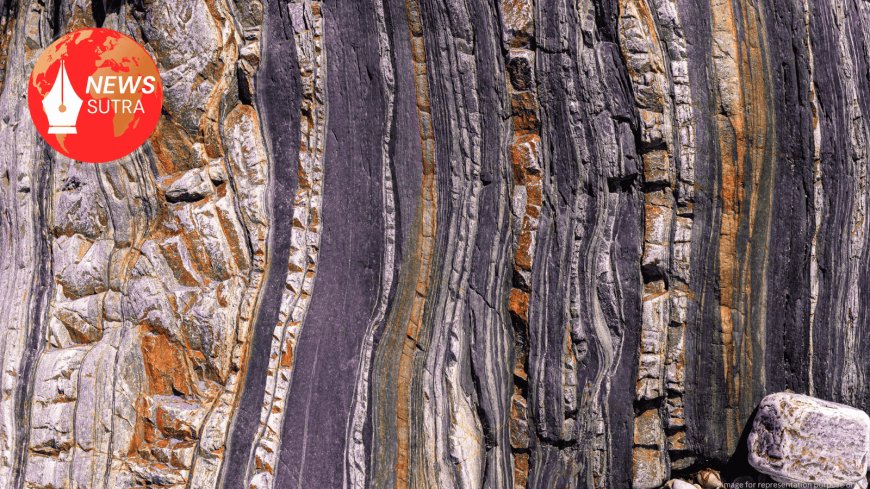Inside the New U.S. Gold Rush: Rare Earth Mining Surges in the Race for High-Tech Independence
As U.S. rare earth mining surges, new government and private investments aim to break dependence on China, boost tech manufacturing, and drive job growth.

By Ronald Kapper |
The United States is waking up to a rare opportunity—and not just metaphorically. As global demand for rare earth elements soars, America is finally ramping up domestic production in what many are calling the new American gold rush. This strategic shift promises profound implications across energy independence, tech manufacturing, job creation, and global power balance.
Geopolitical Backdrop: Breaking Free from China
For decades, the U.S. has relied almost entirely on China for rare earths and related processing. But with mounting geopolitical tensions and supply-chain vulnerabilities, the Trump administration and its industrial allies are pushing hard to restore domestic control.
-
The Pentagon has now become the largest shareholder in MP Materials, operator of the only active rare earth mine in the U.S., in a $400 million investment. The company reported a remarkable 120% increase in NdPr production, while losses shrank in Q2, prompting investor optimism.ReutersBarron's
-
At the same time, China’s rare earth exports dropped 23% in July 2025, following a recent surge—further heightening urgency for U.S. production.Reuters
Fostering Resilience: U.S. Projects Revive Status
Widespread efforts are underway to build out supply chains—from mining to magnet manufacturing:
-
The Mountain Pass mine in California, operated by MP Materials, now accounts for a significant share of U.S. production and is being retrofitted to expand rare earth refining capabilities.Wikipedia
-
Ramaco Resources is developing the Brook Mine in Wyoming and urging a critical minerals stockpile to buffer against China’s dominance.Financial Times
-
Meanwhile, Apple has committed $500 million to produce rare earth magnets domestically, partnering with MP Materials to shorten and secure its supply lines.The Guardian
Economic Payoff: Jobs, Innovation, Growth
Rare earth expansion isn’t just strategic—it drives real economic benefits:
-
According to rareearthexchanges.com, demand from EVs, defense systems, and renewables is stimulating high-paying jobs and technological innovation across the U.S.Rare Earth Exchanges
-
Industrial policy under the Trump administration aims for aggressive timelines—drawing parallels to the rapid mobilization of Operation Warp Speed.Reuters
Environmental Crossroads: Balancing Growth and Green
Rare earth mining comes with serious ecological considerations:
-
Production generates vast volumes of toxic byproducts. For every ton mined, about 2,000 tons of waste, including radioactive elements, can emerge.Wikipedia
-
Sustainable alternatives like biomining and recycling are being explored—but they currently supply less than 1% of demand.sustainablemanufacturingexpo.com
Balancing these environmental challenges with industrial urgency remains a critical debate.
What Lies Ahead: The Road to Sovereignty
Building a resilient, domestic rare earth industry involves multiple layers:
-
Incentives & Guarantees: Continued federal agreements, such as those with MP Materials, are setting floor prices and offering stability for producers.The GuardianReuters
-
Scaling Supply Chains: Beyond mining, the U.S. must invest in mineral refining, recycling infrastructure, and advanced manufacturing hubs.
-
Environmental Oversight: Strong regulations and clean technology must guide new projects to avoid repeating past mistakes.
Conclusion
For the U.S., rare earth mining isn’t simply about minerals—it’s a stepping stone to industrial rebirth, economic resilience, and technological sovereignty. As Tesla-like ambitions, defense needs, and climate goals converge, investments now could define America’s competitive edge for decades.









